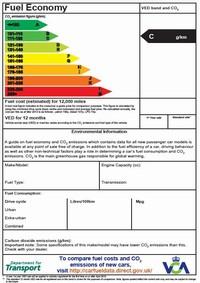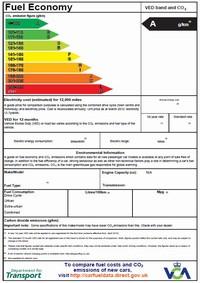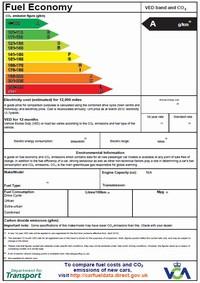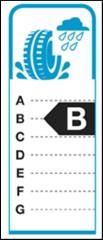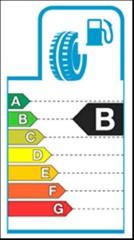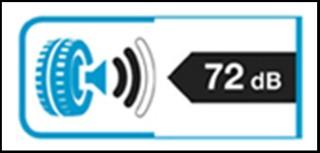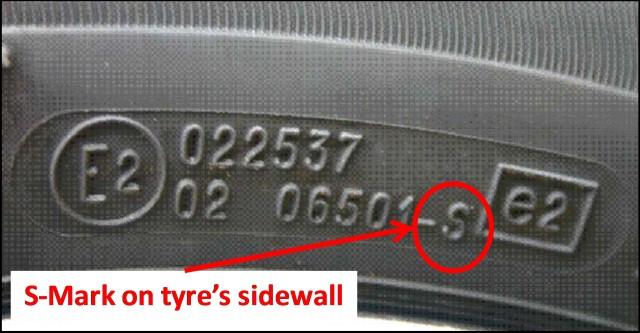IVA/NSSTA >> COP PLATING/LABELLING AUDITS/COMPLIANCE APPLICATION PROCESS PREPARATION OBJECTIVES
|
SUBSECTIONS |
|
|
Vehicle Plates |
|
|
C02 Labelling |
|
|
Tyre Labelling |
|
SECTION: UG1
| Vehicle Plates |
| Plates (Manufacturers Plate/Body Builder Vehicle Plate/Body Identification Plate):Base Vehicle Manufacturer Plate:
Every base vehicle will have a manufacturers plate fitted detailing at least the following information:
Body Builder Vehicle Plate: Each body builder shall attach to each completed vehicle a 2nd or subsequent stage, manufacturers’ plate. This plate must be firmly attached, in a conspicuous and readily accessible position. It must be close to the base vehicle manufacturer’s plate on a part not subject to replacement in use. It must show clearly and indelibly the following information in the order listed:
(*) Only where the value has changed during the current stage of approval. N.B. The minimum height of the characters used on the Body Builders vehicle plate is 4mm. Each body builder shall develop a procedure describing the generation of vehicle plates: This procedure shall include at least the following;
Bodywork Identification Plate: In addition to the body builder’s vehicle plate, each body builder shall attach to the body, tank, crane etc., subject to the build, a plate identifying the bodywork. This plate must be firmly attached, in a conspicuous and readily accessible position on a part not subject to replacement in use. This plate shall contain at least the following information;
N.B. The minimum height of the characters used on the Body Identification Plate is 4mm. |
SECTION: UG2
SECTION: UG3
| Tyre Labelling |
Tyre Labelling: A new EC regulation requires some tyres to have performance labels, with the aim of encouraging people to purchase tyres with superior environmental and safety performance, and also encourage tyre manufacturers to produce tyres whose performance exceeds the minimum requirements specified in EU Regulations. A new EC regulation requires some tyres to have performance labels, with the aim of encouraging people to purchase tyres with superior environmental and safety performance, and also encourage tyre manufacturers to produce tyres whose performance exceeds the minimum requirements specified in EU Regulations.This regulation requires that tyres manufactured from 1st July 2012 for cars, light commercial vehicles and heavy trucks and placed on sale from 1st November 2012, carry a label showing the tyre’s wet grip, fuel efficiency and noise performance. The tyre labels are similar to the labelling already in use for household goods such as washing machines and dishwashers. Each tyre will be given a performance rating from A-G excluding D to avoid an average performing tyre.EU Tyre Label Note: Some tyres, such as retreaded tyres, off-road tyres and racing tyres, are excluded from labelling requirements. Wet Grip: best performance ——————–> worst performance Label indicating a tyre’s wet grip performance rating.
Most fuel efficient ——————–> Least fuel efficient Label indicating a tyre’s fuel efficiency rating. Exterior Noise: Label indicating a tyre’s exterior rolling noise rating. Labelling responsibilities of distributors, suppliers & manufacturers
Tyre suppliers should ensure that:
Vehicle manufacturers should ensure that:
The websites of both manufacturers and distributors must also show the label information for tyres offered. E-marking on tyres: What is an E-marked tyre? All motor vehicles tyres in the EU must be E-marked, whether new or retreaded. Here’s how to read your tyre in relation to E-marks:
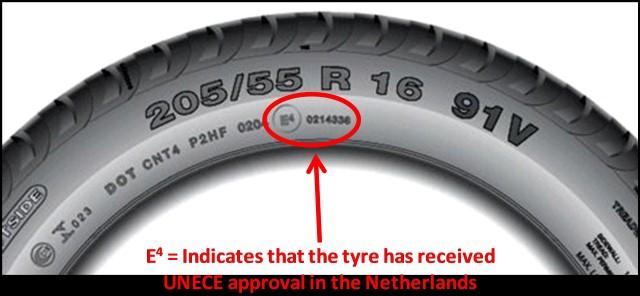 Roadworthiness check of E-marked tyres: What should I do if I have recently purchased tyres that are not E-marked? S-marking on tyres: |


